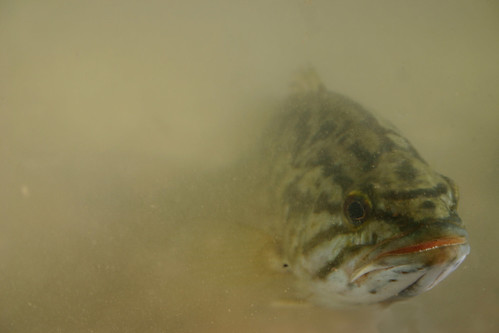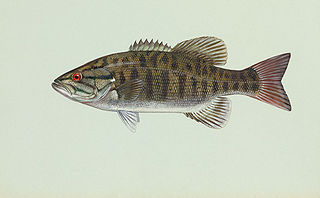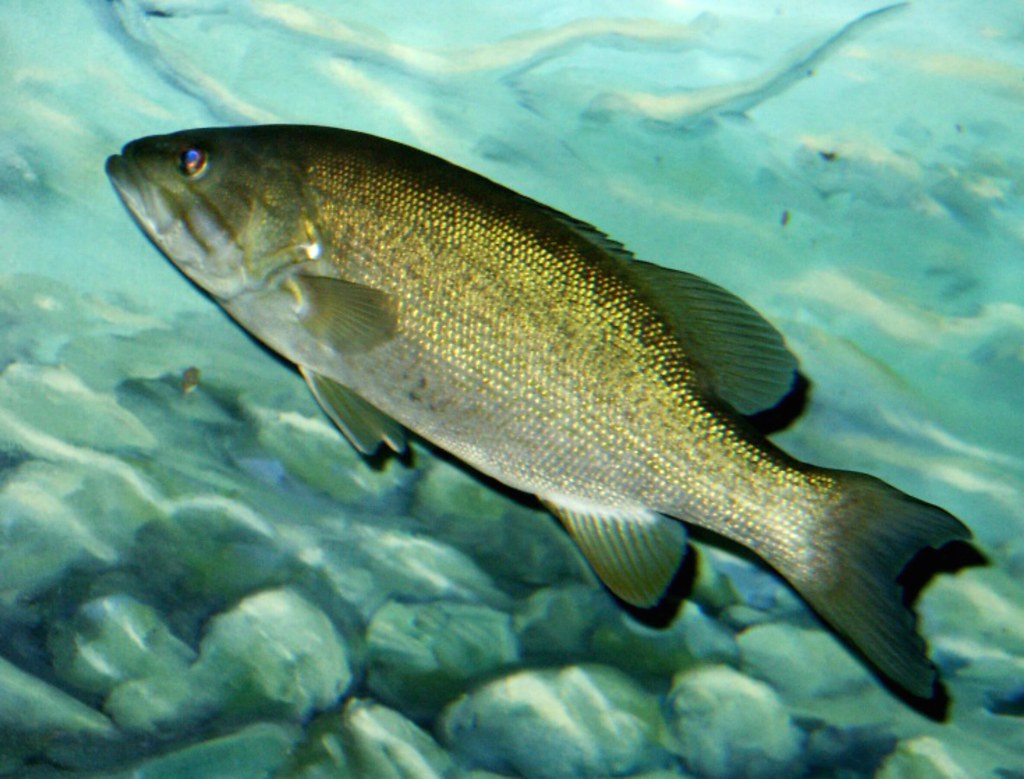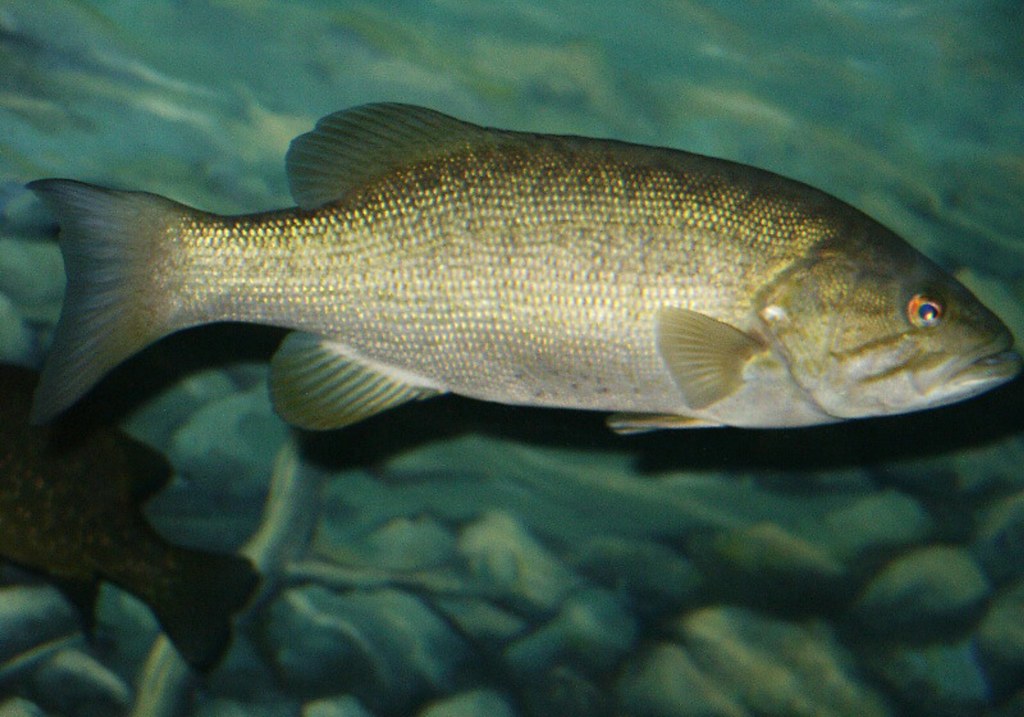Introduction
Smallmouth bass, scientifically known as Micropterus dolomieu, is a popular freshwater game fish that is widely distributed in North America. Smallmouth bass is highly prized among anglers for its strong fighting abilities and delicious meat. This article will provide a detailed analysis of the species, its habitat, and strategies for fishing smallmouth bass.
Species Description Smallmouth bass is a member of the sunfish family, Centrarchidae. It has a streamlined body that is elongated and slightly compressed. The back of the smallmouth bass is olive-brown in color, while the sides are light green or bronze. The belly is white or yellowish, and it has a distinctive dark vertical band running from the eye to the tail. Smallmouth bass has a large mouth that extends to the back of the eye, and it has a broad, bony plate on the tongue that helps to crush prey.
Habitat of Smallmouth Bass Smallmouth bass is primarily found in freshwater bodies such as rivers, lakes, and streams. It prefers clear, cool water with rocky or gravelly bottoms and moderate to fast currents. Smallmouth bass is more commonly found in lakes and reservoirs in the northern parts of North America, while it is more common in rivers and streams in the southern parts of North America.
Smallmouth bass is highly adaptable and can live in a variety of aquatic environments. It can tolerate a wide range of water temperatures, pH levels, and oxygen concentrations. However, smallmouth bass is highly sensitive to changes in water quality and can be negatively impacted by pollution, habitat destruction, and other environmental stressors.
Fishing Strategies for Smallmouth Bass Smallmouth bass is a highly prized game fish among anglers. Fishing for smallmouth bass requires a combination of skill, knowledge, and patience. Here are some strategies that can help anglers catch more smallmouth bass:
- Use the right equipment: Smallmouth bass is a strong fish that requires strong equipment. Anglers should use medium to heavy action rods with fast action tips and a reel with a high gear ratio. They should also use strong and abrasion-resistant fishing line.
- Know the habitat: Smallmouth bass is commonly found in clear, rocky or gravelly water bodies. Anglers should use fish finders to locate rocky points, shoals, drop-offs, and other underwater structures where smallmouth bass may be hiding.
- Use the right bait: Smallmouth bass is an opportunistic feeder that will eat a variety of prey, including insects, crayfish, minnows, and other small fish. Anglers should use live bait or lures that mimic these natural prey.
- Fish at the right time: Smallmouth bass is most active during the early morning and late afternoon. Anglers should plan their fishing trips accordingly to increase their chances of catching smallmouth bass.
- Practice catch and release: Smallmouth bass populations are highly valued by anglers and play an important role in the aquatic ecosystem. Anglers should practice catch and release to help conserve smallmouth bass populations and ensure their sustainability for future generations.
Conclusion
Smallmouth bass is a highly valued freshwater game fish that is widely distributed in North America. It has a distinctive appearance and is highly adaptable to a variety of aquatic environments. Fishing for smallmouth bass requires skill, knowledge, and patience. By using the right equipment, understanding the habitat, using the right bait, fishing at the right time, and practicing catch and release, anglers can increase their chances of catching smallmouth bass and help conserve their populations for future generations.



